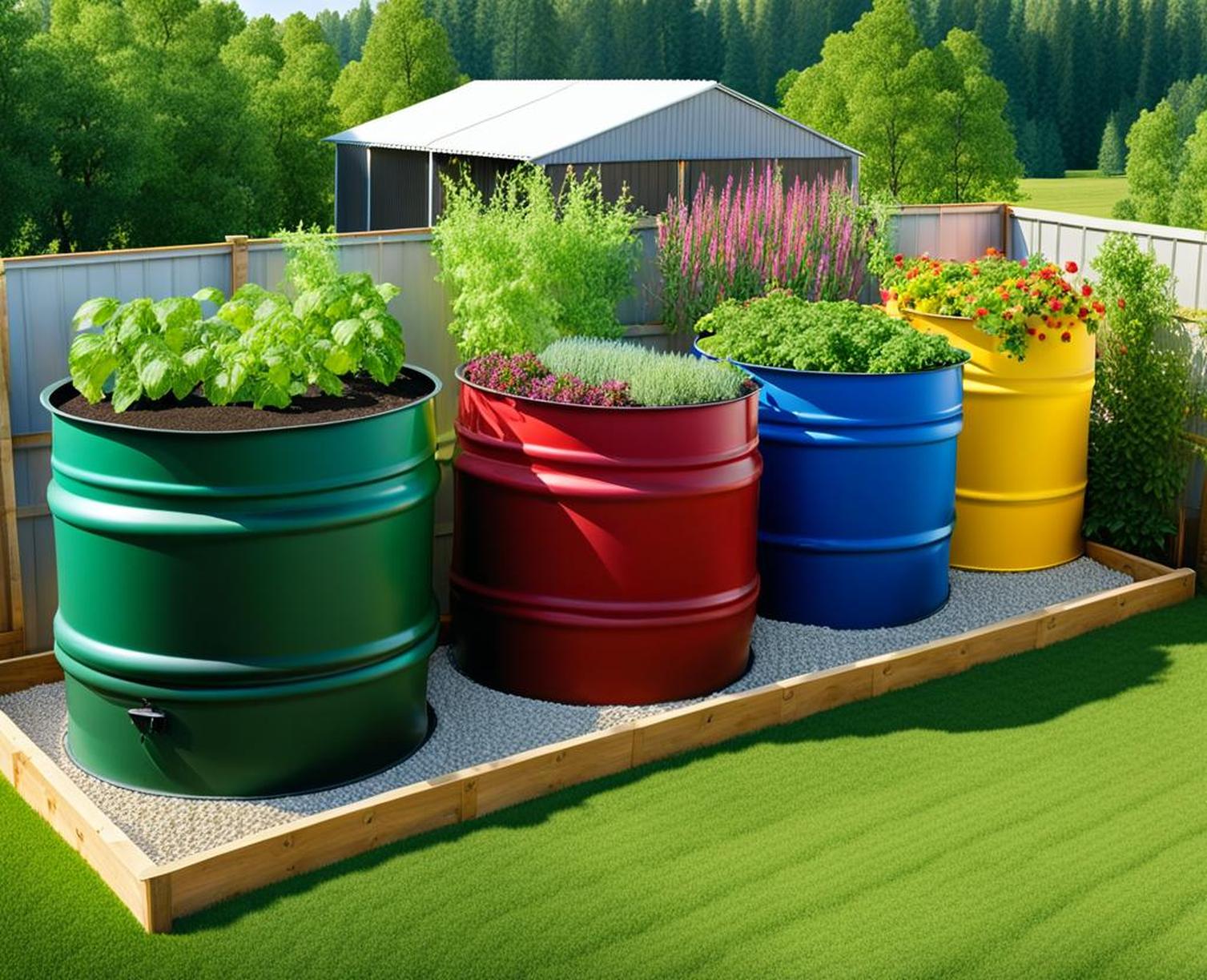For those with limited yard space, stock tanks offer a simple and convenient way to grow a productive garden right at your fingertips. These durable galvanized metal tanks commonly used for watering livestock can easily be repurposed as self-contained above-ground planters. Stock tank gardens provide many advantages over traditional in-ground gardening and can produce bountiful harvests of herbs, vegetables, and more. This comprehensive guide covers everything you need to know to get started with stock tank gardening.
Choosing Your Stock Tank
Tank Material
The most popular choice is galvanized steel stock tanks, which offer durability and longevity. Galvanized steel has a zinc coating that resists rusting and corrosion. These tanks are sturdy enough to withstand exposure to sun, rain, and changing temperatures. Plastic or resin tanks are lighter and more affordable but may become brittle and degrade over time when exposed to the elements.
Tank Size
Stock tanks come in a range of dimensions, generally round in shape. Smaller tanks around 2 feet in diameter are good choices for herbs and greens. Larger 3-4 feet diameter tanks allow you to grow tomatoes, peppers, eggplants, and other vegetables that need more root space. Tank depth also varies, with shallower tanks around 1 foot deep being suitable for root crops and strawberries. Deeper 18-24 inch tanks accommodate larger plants. Select tank dimensions based on your available space.
Tank Shape
Round stock tanks are most common, providing ease of access from all sides. Oblong-shaped tanks maximize planting area while still allowing you to reach into the center for tending plants and harvesting. Consider the tank shape that will best suit your garden layout and preferences.
Stock Tank Garden Setup
Site Preparation
Stock tanks can be placed on any flat, stable surface like pavement, gravel, or dirt. Ensure the location gets at least 6 hours of daily sunlight. Having a nearby water source is ideal for convenience. If using multiple tanks, allow ample space between them for access and airflow.
Drainage
Drilling 5-10 holes in the bottom allows for drainage. Line the base with landscape fabric to prevent soil from washing out while still permitting excess water to flow through the holes. Add a 1-2 inch layer of gravel below the fabric for further drainage.
Structural Support
Insert 4 sturdy wooden stakes or metal posts around the inside of the tank, crossing in the center to form an X shape for reinforcement. This prevents the tank sides from bowing outward when filled with soil.

Soil Fill
Use a quality potting mix or compost-enriched garden soil for proper drainage and nutrition. Avoid heavy clay soils that retain too much moisture. Mix in a granular organic fertilizer when first planting.
Planting
Herbs, leafy greens, radishes, and other shallow-rooted plants thrive in the shorter 1 foot deep tanks. Deeper tanks allow growing tomatoes, peppers, broccoli, and other vegetables. Space plants according to mature size, allowing enough room for growth. Use trellises and cages as needed for support.
Maintaining Your Stock Tank Garden
Watering
Drip irrigation delivers water efficiently to plant roots without waste. For hand watering, monitor soil moisture regularly and water when the top 1-2 inches become dry. Adjust frequency based on weather, tank size, and plants grown.
Fertilizing
Apply a balanced liquid fertilizer monthly or use slow-release granular fertilizer as needed, following product instructions carefully. Avoid over-fertilizing which can damage plant roots and leaves.
Pruning and Harvesting
Prune back overgrown plants to encourage continued production. Harvest ripe fruits and vegetables promptly. Remove and discard any diseased or spent plants.
Pest/Disease Prevention
Inspect plants routinely and address any issues early. Remove insect pests with neem oil or insecticidal soap. Prevent fungal diseases with proper watering, spacing, and natural remedies like baking soda spray.
Seasonal Upkeep
Clear out plant debris at the end of each growing season. Refresh the soil annually with new compost. Repair or replace landscape fabric if needed after a few years of use.
Maximizing Success with Stock Tanks
Choosing Suitable Plants
Select plants suited to container growing, focusing on more compact and dwarf varieties. Herbs, leafy greens, radishes, and strawberries thrive in shallow tanks. Tomato, pepper, eggplant, and other vining crops grow well in deeper tanks.
Creative Design Options
Variegate tank heights by placing some on blocks or stands for visual interest. Incorporate vertical gardening by attaching vining crops to trellises and fencing around the tank edges. Paint or stencil the tank exteriors to add personalized flair.
Tips for Small Spaces
Use compact bush varieties instead of sprawling crops. Train vining plants up vertically. For limited room, focus on shallow tanks for growing herbs and salad greens.
Stock tanks provide a versatile and space-efficient solution for growing a productive garden. Their durability, mobility, and ease of access make them ideal for urban and small space gardening. With proper setup and care, stock tanks enable anyone to enjoy homegrown produce and herbs. This season, embrace the simplicity and bounty of gardening in stock tanks.
